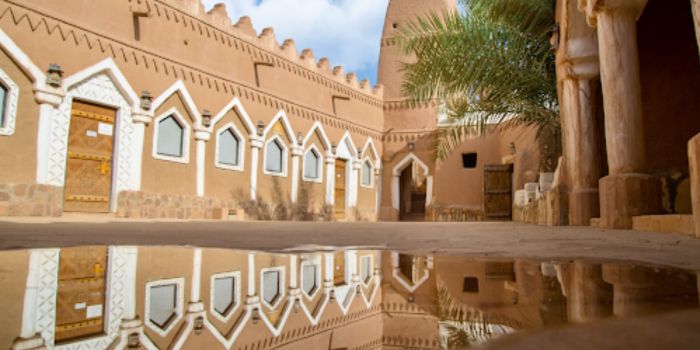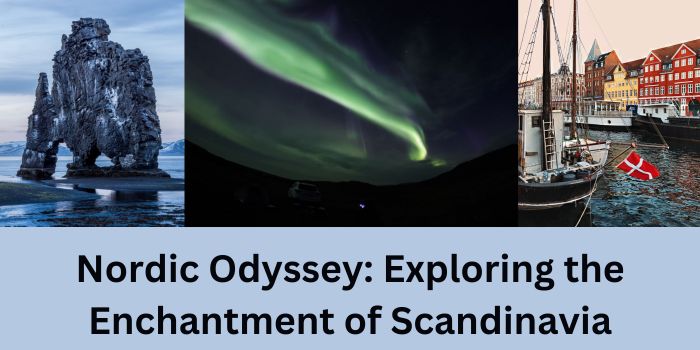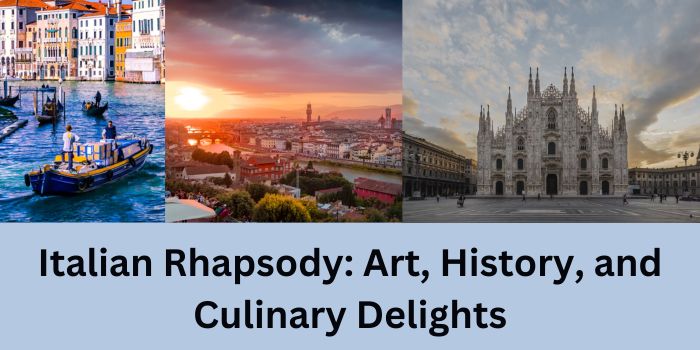The Kingdom of Saudi Arabia, a land of vast deserts, ancient cities, and rich cultural heritage, is a destination that beckons travelers to uncover its mysteries and marvel at its contrasts. As I embarked on a journey through this enigmatic country, I was eager to explore the cultural riches hidden amidst its golden sands and modern metropolises. One such marvel of modernity is the Haramain train, a high-speed railway connecting the holy cities of Mecca and Medina, offering a seamless blend of spiritual and technological advancement.
Mecca and Medina, the two holiest cities in Islam, are the spiritual heart of Saudi Arabia. Millions of Muslims from around the globe converge on Mecca for the Hajj pilgrimage, a once-in-a-lifetime duty for those who are able. The Grand Mosque, with the Kaaba at its center, is a sight to behold, its vast courtyards filled with the faithful in a powerful display of devotion. Medina’s Al-Masjid an-Nabawi, the Prophet’s Mosque, is another site of immense religious significance, its green dome marking the final resting place of the Prophet Muhammad. The Mecca to Medina train, known as the Haramain High-Speed Railway, provides a modern and efficient means of travel between these sacred cities, further enhancing the spiritual journey for pilgrims and visitors alike.
Riyadh, the capital, is a bustling city where tradition meets modernity. Towering skyscrapers like the Kingdom Centre and Faisaliah Tower dominate the skyline, while the old district of Al
Diriyah, a UNESCO World Heritage site, offers a glimpse into the nation’s storied past. Here, the mud-brick walls of At-Turaif stand as a testament to the origins of the Saudi state, inviting visitors to wander through its historic lanes and palaces.
Venturing beyond the urban landscape, the vast expanse of the Rub’ al Khali, or the Empty Quarter, unfolds. This immense desert, one of the largest sand deserts in the world, is a mesmerizing sea of dunes that shift with the wind. Exploring this remote wilderness, whether by camel or 4×4, is an adventure that brings one closer to the harsh yet captivating beauty of the Arabian landscape.
In the heart of the Arabian Peninsula lies Al-Ula, an area rich in archaeological wonders. The ancient city of Hegra, recently opened to the public, is Saudi Arabia’s first UNESCO World Heritage site. Its well-preserved tombs, carved into sandstone mountains, tell the story of the Nabatean civilization that once thrived here. The nearby Maraya Concert Hall, a mirrored structure reflecting the surrounding desert, showcases the country’s commitment to blending cultural heritage with contemporary art and entertainment.

Jeddah, the gateway to the holy city of Mecca, is a city where history and commerce intertwine. The historic Al-Balad district, with its traditional coral stone buildings and bustling souks, is a vibrant testament to the city’s rich trading history. The Jeddah Corniche, a waterfront promenade, offers a refreshing escape with its stunning views of the Red Sea and the iconic King Fahd’s Fountain, the tallest of its kind in the world.
Saudi Arabia’s commitment to preserving its cultural heritage is evident in the recent initiatives to promote tourism and open its doors to the world. The Saudi Vision 2030 plan aims to diversify the economy and showcase the kingdom’s historical and natural attractions. From the rock art of Hail, depicting ancient life in the Arabian Peninsula, to the Farasan Islands, a hidden gem with pristine beaches and rich marine life, the country is brimming with unexpected delights ready to be unveiled.
The cuisine of Saudi Arabia is a reflection of its rich cultural tapestry, with dishes that are a blend of Middle Eastern and Asian influences. Traditional fare such as kabsa, a fragrant rice dish with meat, and samboosas, savory stuffed pastries, are staples of Saudi hospitality. Dates, a symbol of hospitality in Arab culture, are often served with Arabic coffee, a sign of welcome in homes and gatherings across the kingdom.
As I journeyed through Saudi Arabia, I was struck by the warmth and generosity of its people. Despite the rapid modernization, the values of hospitality and community remain deeply ingrained in Saudi society. Whether in the bustling cities or the tranquil deserts, the spirit of Arabia is alive and well, inviting travelers to experience its wonders and leave with a deeper understanding of this fascinating land.
Read here : Starting Fresh: A Guide To Adjusting To A New City
The cultural richness of Saudi Arabia extends to its vibrant arts scene, which is experiencing a renaissance as part of the kingdom’s broader push for cultural openness. In cities like Riyadh and Jeddah, contemporary art galleries and cultural festivals are flourishing, showcasing the work of local and international artists. The annual Al-Janadriyah Festival, a celebration of Saudi heritage and culture, features traditional music, dance, and crafts, providing a colorful insight into the country’s traditions. This blend of the ancient and the modern, the traditional and the contemporary, is what makes Saudi Arabia a captivating destination for those seeking to explore the depths of Arabia’s cultural landscape.
In conclusion, Saudi Arabia is a land of contrasts and cultural riches, where the ancient and the modern coexist in harmony. From the bustling streets of Riyadh to the serene sands of the Empty Quarter, the kingdom offers a tapestry of experiences that captivate the senses and enrich the soul. Its commitment to preserving its heritage while embracing the future makes it a unique destination for travelers seeking to uncover the mysteries of the Arabian Peninsula. As Saudi Arabia opens its doors to the world, it invites visitors to discover the warmth of its hospitality, the depth of its history, and the vibrancy of its culture, making it a journey that leaves a lasting impression on all who venture into its sands.




